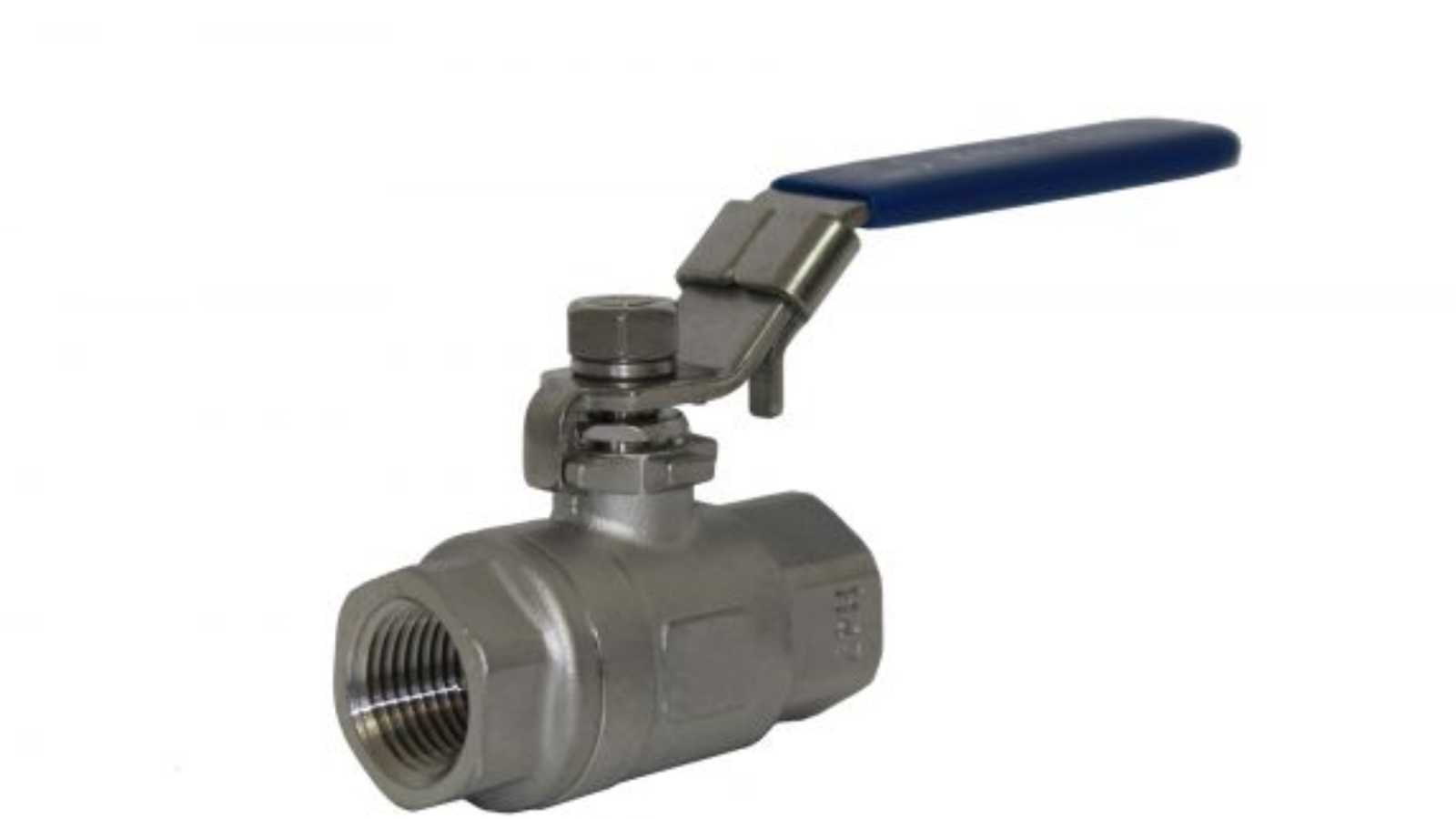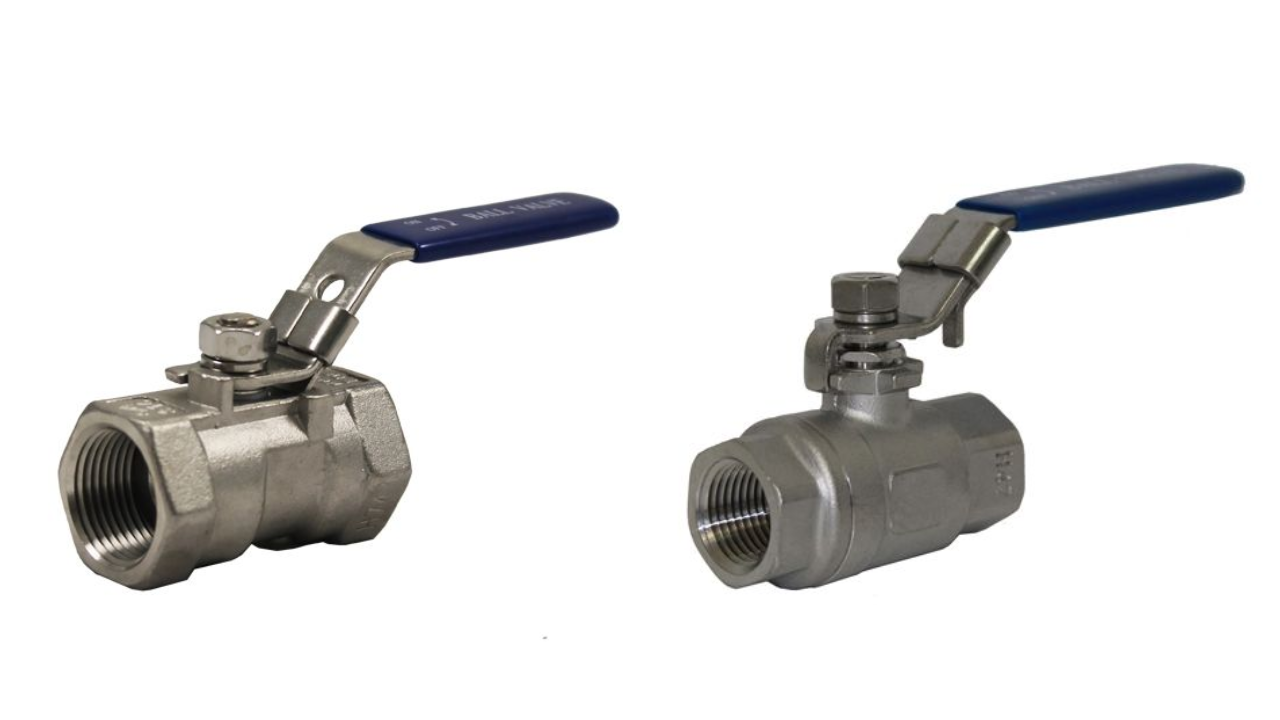Contents
Stainless steel is widely used in various industries due to its durability, corrosion resistance, and strength. Two common grades are stainless steel 304 and stainless steel 316. While both share several similarities, they differ significantly in terms of chemical composition, corrosion resistance, and applications, making each more suitable for specific environments.
This article will highlight the differences between these two stainless steel grades, focusing on their compositions, performance characteristics, and the industries in which they are most commonly used.
Chemical Composition
The primary difference between stainless steel 304 and stainless steel 316 lies in their chemical makeup, particularly in their molybdenum content.
Stainless Steel 304
It contains approximately 18% chromium and 8% nickel, which is why it’s often referred to as 18/8 stainless steel. This grade does not contain molybdenum, which makes it less resistant to corrosion when exposed to harsh chemicals, chlorides, and saltwater environments.
Stainless Steel 316
In contrast, stainless steel 316 contains 16% chromium, 10% nickel, and 2% molybdenum. The molybdenum is a crucial addition that enhances its corrosion resistance, especially in environments with high salt content or exposure to corrosive chemicals.
This difference in chemical composition means that 316 stainless steel has better performance in more corrosive environments compared to 304 stainless steel.
Corrosion Resistance
One of the key reasons industries choose stainless steel is its corrosion resistance. However, the level of resistance varies between stainless steel grades.
304 Stainless Steel
It is highly resistant to oxidation and general corrosion. However, when exposed to chloride environments, such as saltwater, it can suffer from pitting and crevice corrosion. This makes 304 stainless steel less suitable for applications near the coast or in environments where salt and corrosive chemicals are prevalent.
316 Stainless Steel
The inclusion of molybdenum gives stainless steel 316 superior resistance to pitting and crevice corrosion in chloride environments. As a result, it is ideal for marine applications and environments where chemicals are present. It is often used in coastal construction, chemical processing plants, and other settings where higher levels of corrosion resistance are needed.
Mechanical Properties
Both 304 and 316 stainless steels have excellent mechanical properties, making them versatile for different uses. Their tensile strength, ductility, and hardness are quite similar, but the slight differences in their alloy compositions can affect performance under certain conditions.
304 Stainless Steel
It has a tensile strength of around 515 MPa and good flexibility. It performs well in general-use applications where the metal will not be exposed to extremely high temperatures or corrosive chemicals.
316 Stainless Steel
While it also has a tensile strength of around 515 MPa, the presence of molybdenum gives it a slight edge in applications requiring greater resistance to heat and stress. This grade is often chosen for applications in harsh environments that demand better durability over time.
Applications
The choice between 304 and 316 stainless steel typically depends on the specific needs of the application. Since they offer different levels of corrosion resistance and durability, their use cases vary.
304 Stainless Steel
It is the most commonly used stainless steel for general purposes. It is used in a wide range of industries, including construction, automotive, and consumer goods. 304 is a preferred material for products such as kitchen equipment, sinks, brewing equipment, and chemical containers. It’s also widely used in the production of stainless ball valves, as it offers reliable durability and corrosion resistance in less aggressive environments.
316 Stainless Steel
This grade is selected for applications where enhanced corrosion resistance is necessary, especially in chemical, pharmaceutical, and marine industries. For example, marine hardware, pumps, valves, and chemical processing equipment frequently use 316 stainless steel due to its superior resistance to chlorides and harsh chemicals. The grade’s enhanced durability makes it an excellent choice for stainless ball valves that are exposed to high saline environments or aggressive chemicals.
Cost Considerations
Another key factor when choosing between stainless steel 304 and stainless steel 316 is cost.
304 Stainless Steel
It is less expensive than 316 stainless steel due to its simpler composition and lower corrosion resistance. As a result, it is more widely used in applications where the additional cost of 316 isn’t justified by the environmental conditions.
316 Stainless Steel
The added molybdenum and increased corrosion resistance come at a higher cost. However, in environments where the material will be exposed to harsh chemicals or saltwater, the additional expense is justified by the longer lifespan and lower maintenance costs of 316 stainless steel.
Conclusion
Both stainless steel 304 and stainless steel 316 are excellent materials with versatile applications, offering strength, durability, and corrosion resistance. The primary difference between the two lies in their chemical composition, particularly the addition of molybdenum in 316, which enhances its resistance to corrosive environments.
For general applications, stainless steel 304 is often sufficient, especially for indoor uses or environments without aggressive chemicals or high saline levels. On the other hand, stainless steel 316 is the material of choice for more demanding environments, such as marine or industrial applications where exposure to harsh chemicals or saltwater is a concern. Both grades are commonly used in products like ball valve stainless, with the choice largely depending on the specific environmental conditions.
In deciding between the two, it’s essential to assess the environmental factors and required corrosion resistance to ensure long-lasting performance and value.




